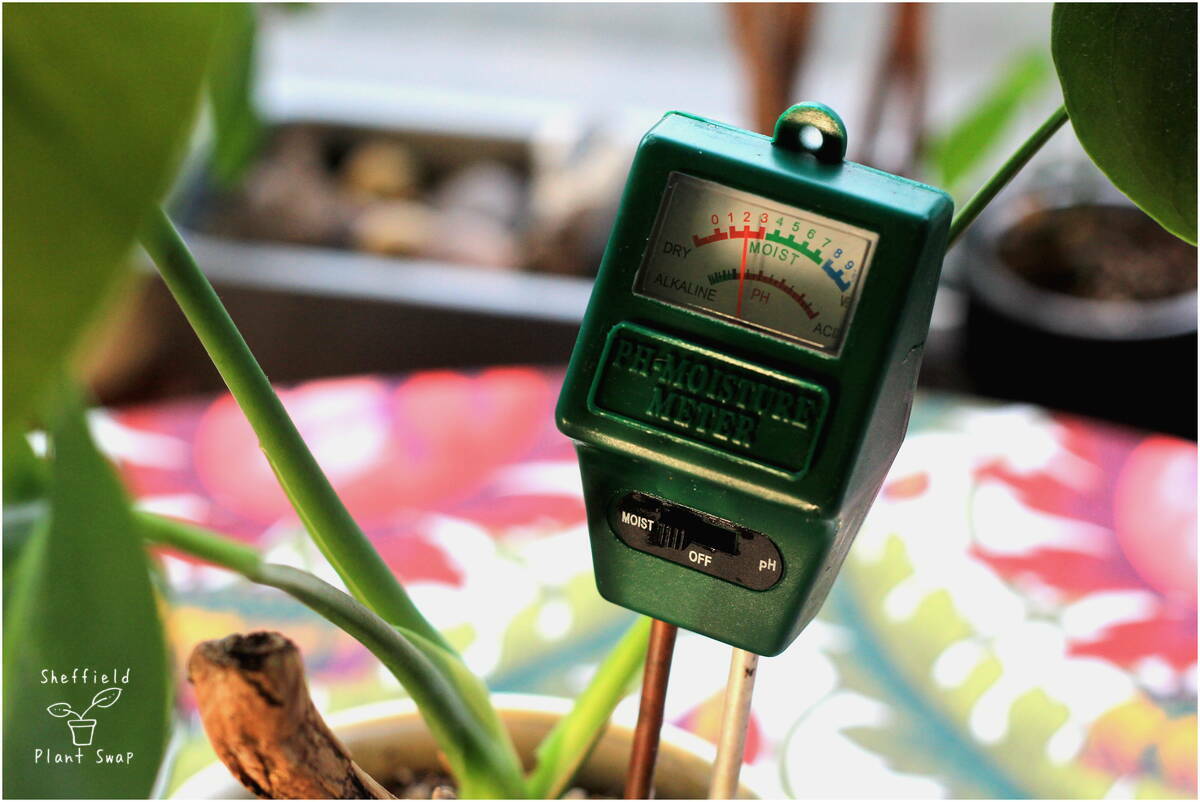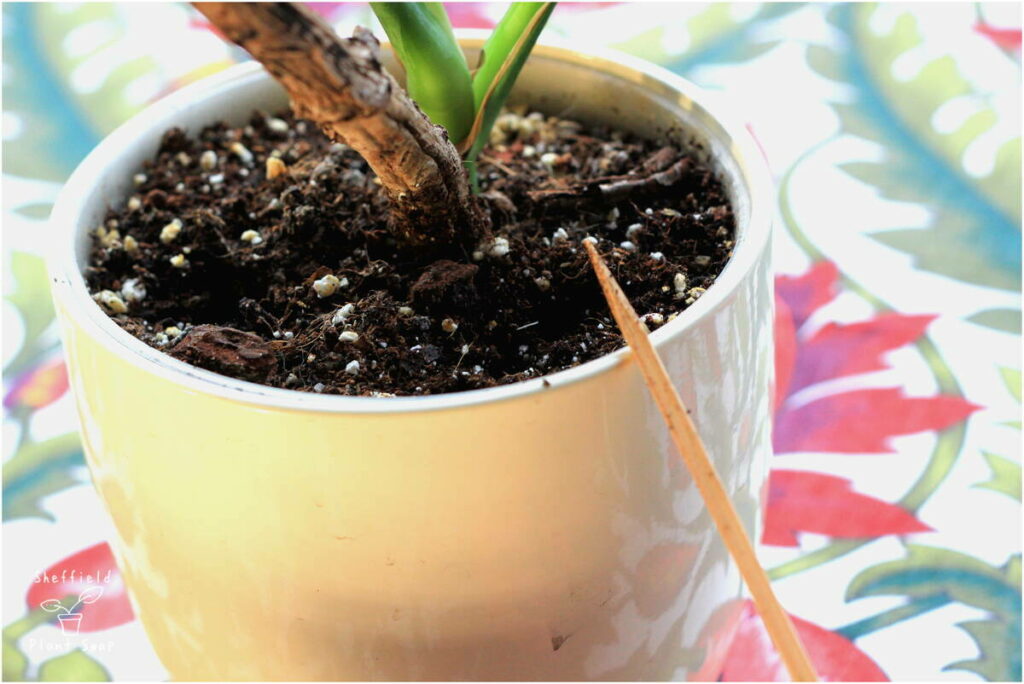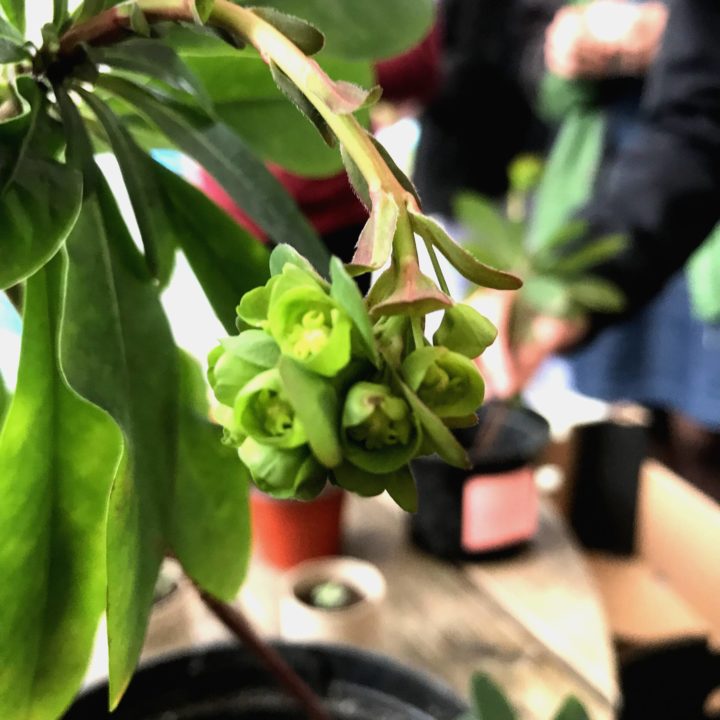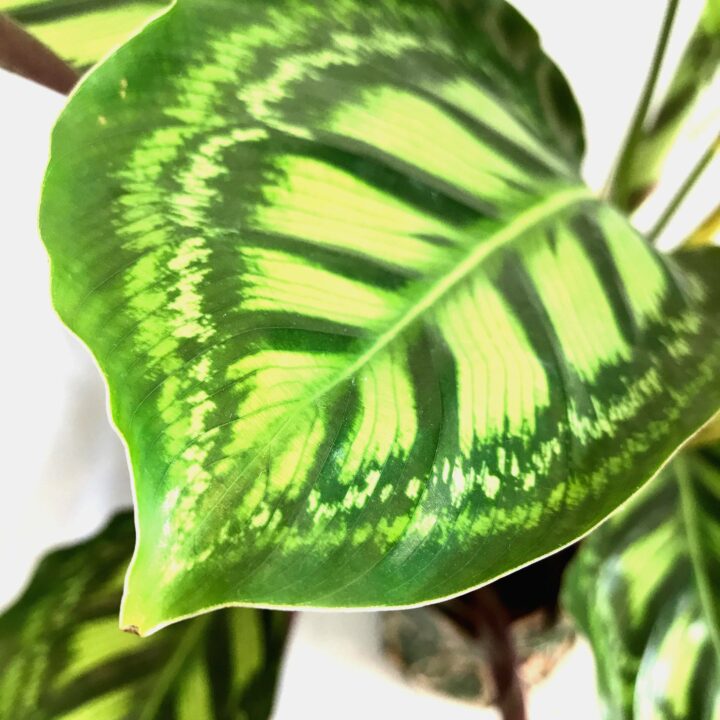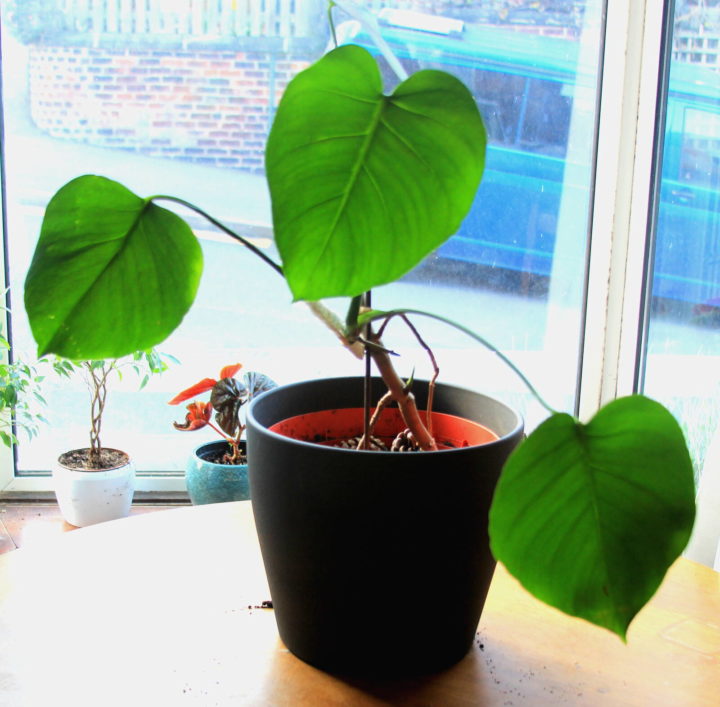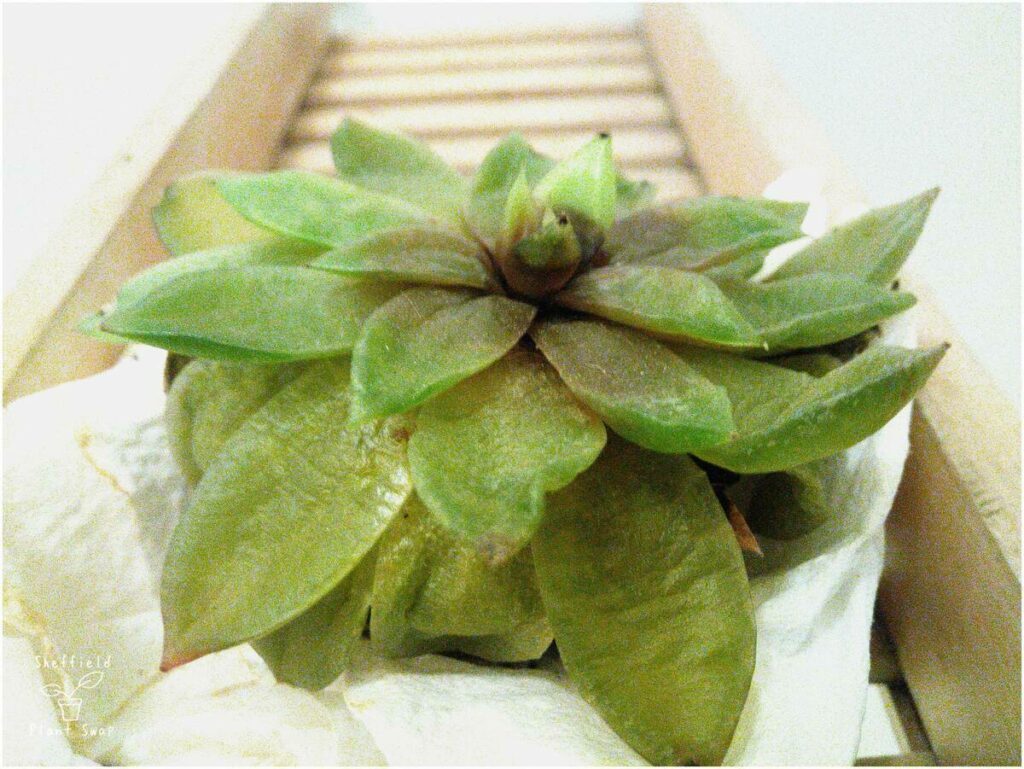
Knowing when to water your houseplant can be surprisingly confusing and fraught with difficultly. And anxiety about under-watering often leads to plants dying tragically early deaths at the hands of over-loving, over-watering plant parents!
When to water your plant: On a schedule?
At the other end of the spectrum if you’ve had a plant die from not being watered then you might think that watering on a schedule might help. But sadly you’d be wrong! It’s not that simple… Plants are fussy little divas and watering too frequently can cause them to develop root rot which can kill them scarily quickly.
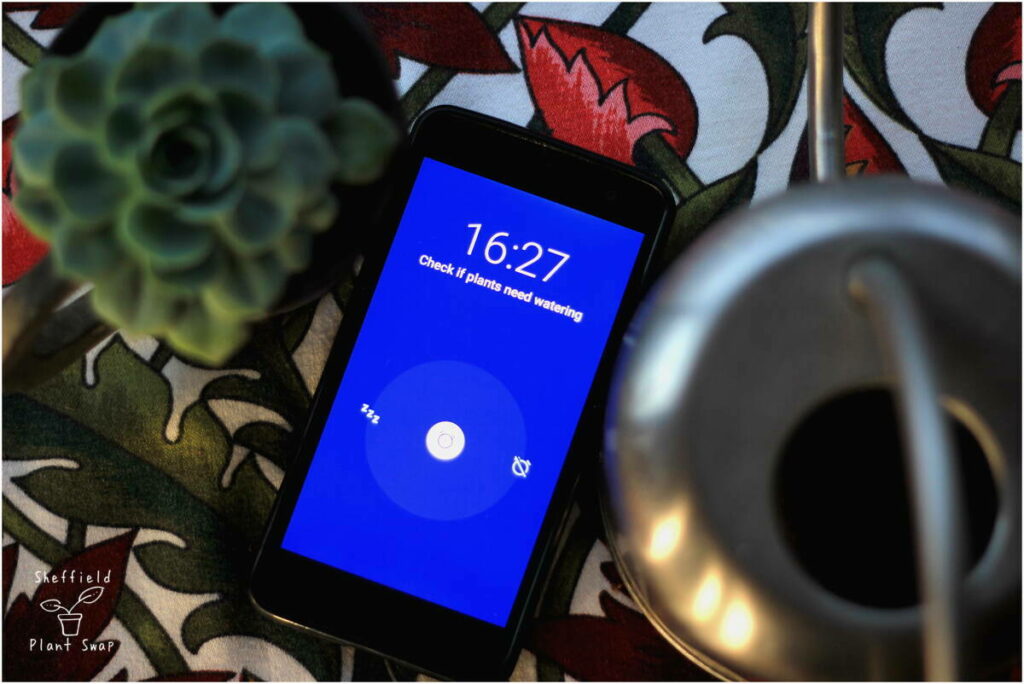
So, whilst watering on a timetable is a terrible idea, checking in on your house plants on a schedule is hugely helpful. This is a top tip of mine and will really help improve your consistency at watering your plants responsively. It is also much easier to remember when you last watered them this way too!
In winter I add it to my Sunday afternoon routine and in summer it’s usually Sunday plus a evening midweek too; there are very few plants that need watering more than twice a week. Even if a plant doesn’t need watering I’ll take a moment for plant maintenance, check it over for pests and remove old leaves etc.
If you are as forgetful as I am, sticking a reminder on your phone is a great prompt to make this become a habit.
When to water your plant: Responsive watering
For the parents of human babies among us, responsive watering is analogous with responsive feeding for babies e.g. watering on demand with no set schedule or amounts.
It means being attentive to your plant, knowing what it looks like when it is well watered and what it looks like when it is thirsty. It also means being able to feel the soil to tell how damp it is and recognising when it requires watering again.
How to tell: The finger test
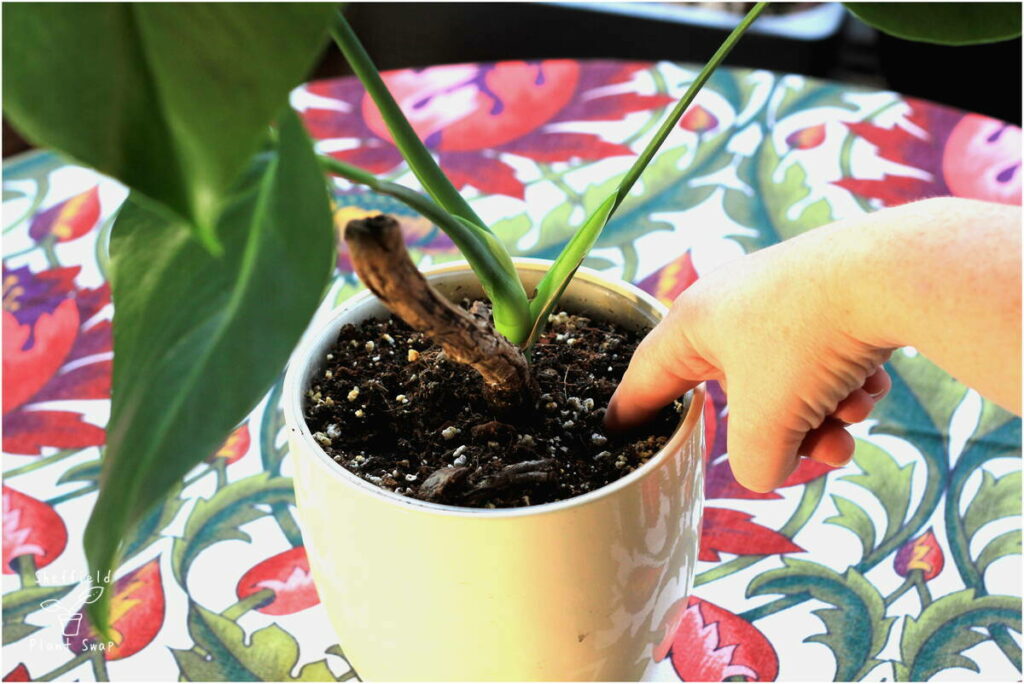
This is the low-tech, touchy-feely, get-your-hands-grubby test! Stick your finger into your plant pot and if the soil is completely dry then is ready to be watered. The bigger the pot, the deeper I try to stick my finger. If it feels slightly chilly or dank then the soil still contains moisture and you should wait longer to water.
80% of the time this is my technique and I really like it because I get a really good sense of how my plant is doing. Grubbing around in the soil gives me a chance to notice any problems too. Things like the soil being so dried out that it has become hydrophobic, the plant having got root bound or any bugs hanging out in the surface.
How to tell: Skewer test
Dirt under the nails isn’t the best look especially if you work with food or in healthcare . Or just like nice nails!
The alternative to fingers are wooden skewers. Nothing fancy, no special gadgetry, just bamboo BBQ skewers. It is like checking a cake is cooked. Stick the skewer into the soil and if it comes out clean it’s ready to be watered again. If it still has crumbs of soil sticking to it then it probably doesn’t need watering yet. In the pictures below you can see the skewer before and after I watered the plant.
Left: After the plant is watered, the soil is damp and clings to the skewer
The other advantage to skewers are they can get through a stony top dressing more easily, don’t mind cacti spines and can penetrate deeper into a large pot than your finger can.
I already do this with some of my larger plants and cacti.
How to tell: Moisture meter
Another solution is a moisture meter. Mine is an absolutely basic version but it gets the job done which is to measure electrical conductivity in the soil which changes depending on how moist it is.
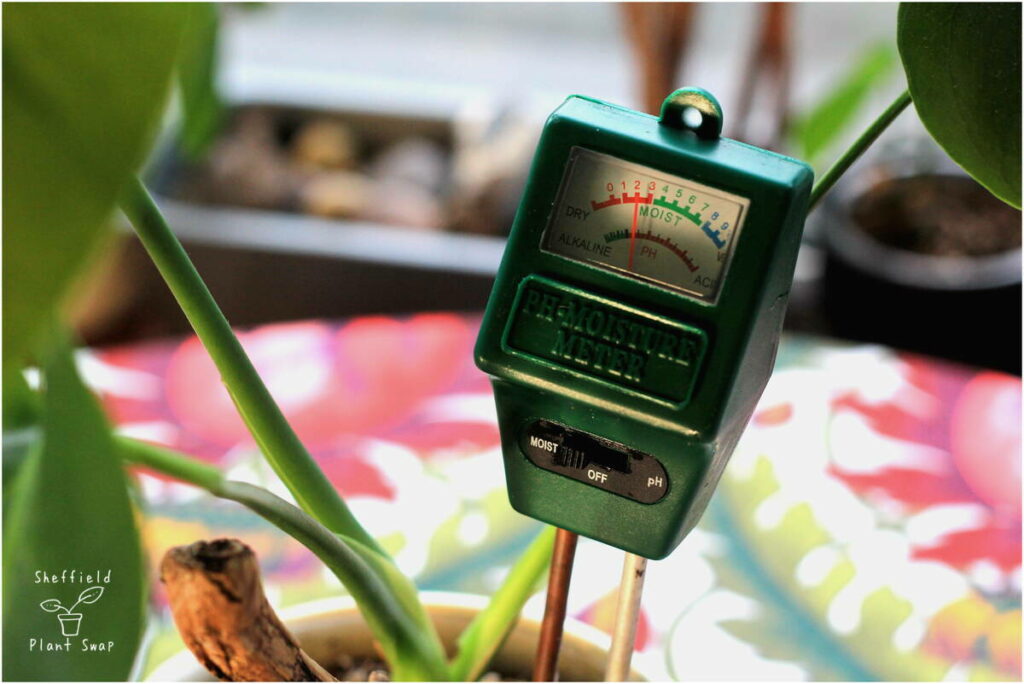
A lot of the people swear by them but they are prone to misreadings if there are a lot of mineral salts in the soil. I think they are worth trying if you are struggling with getting watering right and if they work for you then go with it.
Like skewers they do get through a stony top dressing and let you measure more deeply in a large pot.
How to tell: Weight test
The absolute simplest method is the weight test but this also takes a while to master.
No getting fingers dirty or messing around with sticks or gadgets. Feel the weight of the pot in your hand and note the difference between dry and hydrated. Water is pretty heavy so its is remarkable how much the weight varies. Over time you will get to know what feels right and will know when to water.
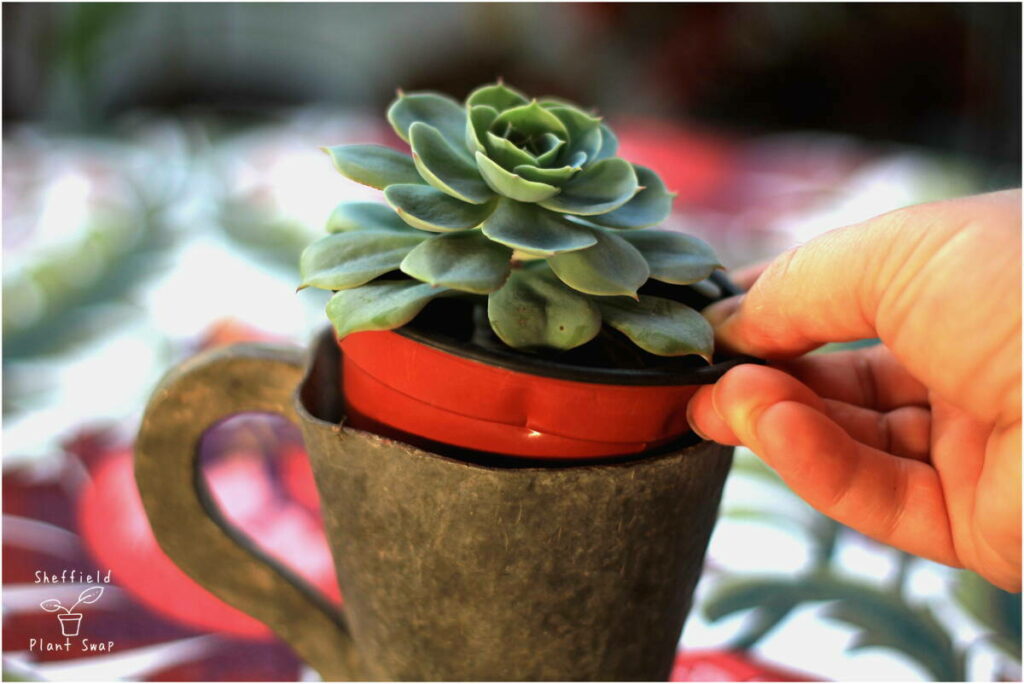
Of course this is significantly easier with smaller pots than large ones…..I’ve never tried this technique on my Mama Monstera in her 60 litre pot!
Equally this is one you learn over time and it takes a while before you trust yourself. Once you do it is wonderfully easy.
This is what I aspire to be able to do with all my smaller pots.
What works best for your plant
I can tell you how to judge how damp your plant is but I can’t tell you exactly when to water as different plants like different conditions
Like I’ve said before there is not a one size fits all template for looking after your plants. This is is why knowing what plant you have and researching its care is so important.
What works best for you?
So how do you tell when to water? What is your tried and tested way? And do you have any plants that you can never seem to get it right for?
This post contains affiliate links. For more information see here!

